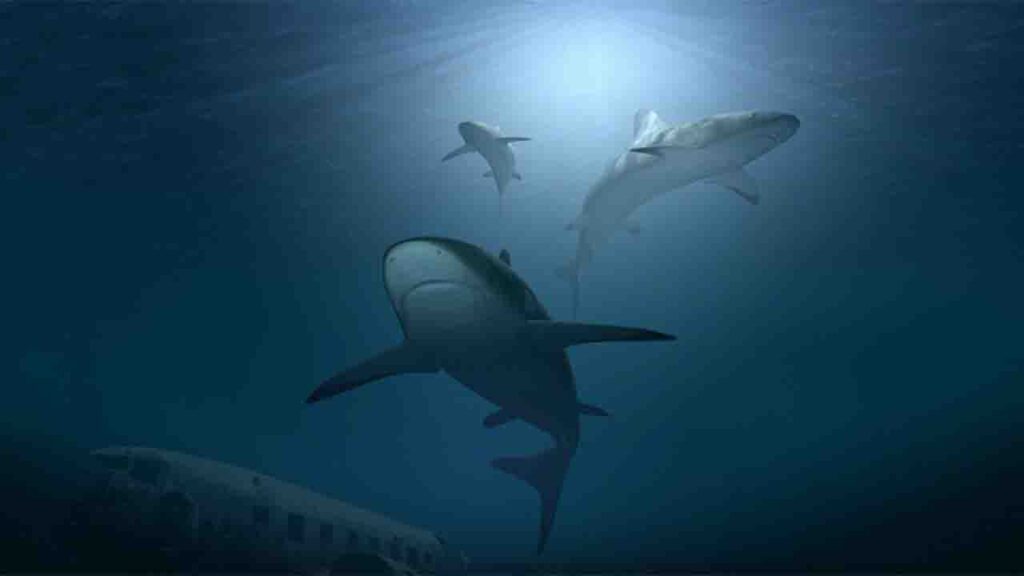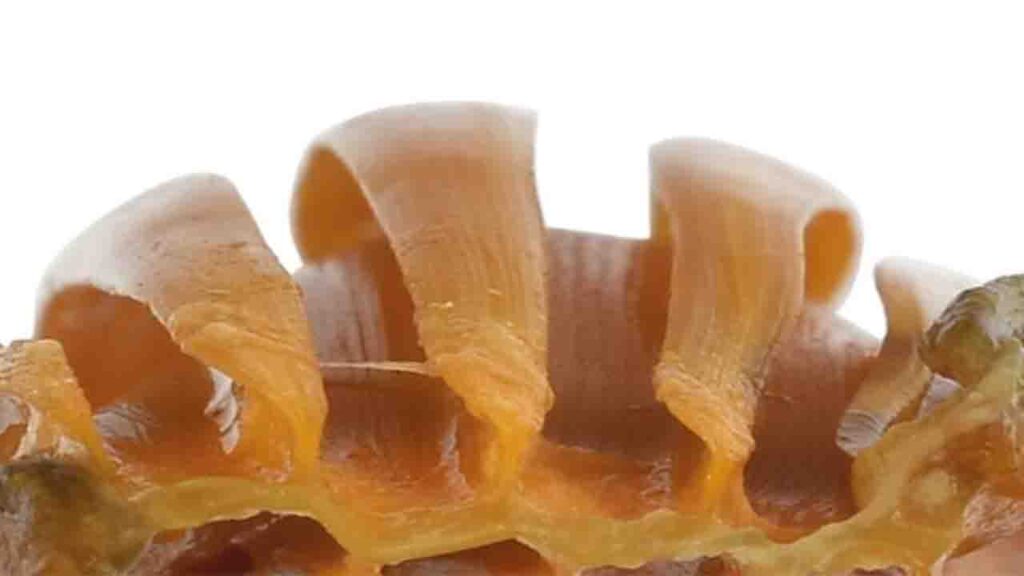Hobart Australia (Commonwealth Union)_Those eyes are piercing and they bring on memories of Halloween and ghost stories. A species of what is now termed the demon catshark has been discovered off the deep waters of Hobart although it wasn’t first discovered in the sea. Funnily enough, the discovery was made at CSIRO’s Australian National Fish Collection when a mysterious egg was found, with its origins unidentified.

The new species Apristurus ovicorrugatus whose white iris is a rare feature for deepwater sharks attaches its eggs to coral prompting a science paper titled, What came first, the shark or the egg? in the Journal of Fish Biology. The fact-finding mission eventually found that the Apristurus genus is the second most diverse group of sharks and has a total of about forty species which are commonly known as the demon catshark or ghost catshark. It is those spooky elongated cat-like eyes that give the moniker to this bottom-feeding shark species.

There are two types of Apristurus catshark that have white eyes but researchers have determined the difference between the two due to the egg casings. The Apristurus ovicorrugatus has strong T-shaped ridges which is how it gets its name as the egg cases have a corrugated finish. The preserved egg at the ANFC however didn’t give researchers sufficient evidence for their findings to be scientifically validated. Eventually last year, the eggs were discovered on a research voyage which gave credence to their discovery.
In the shark world, some lay eggs while others hatch them internally and some give birth to live babies. However, the demon shark distinguishes itself with yet another characteristic. It lays eggs in pairs, one from each ovary which leads to two egg cases.








